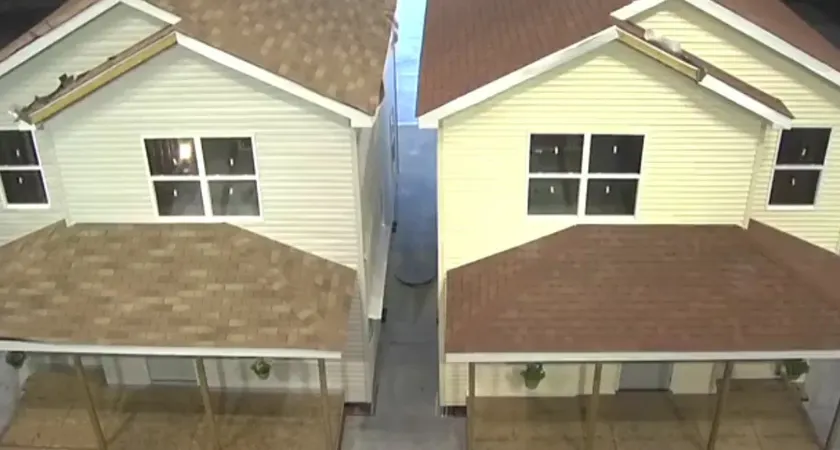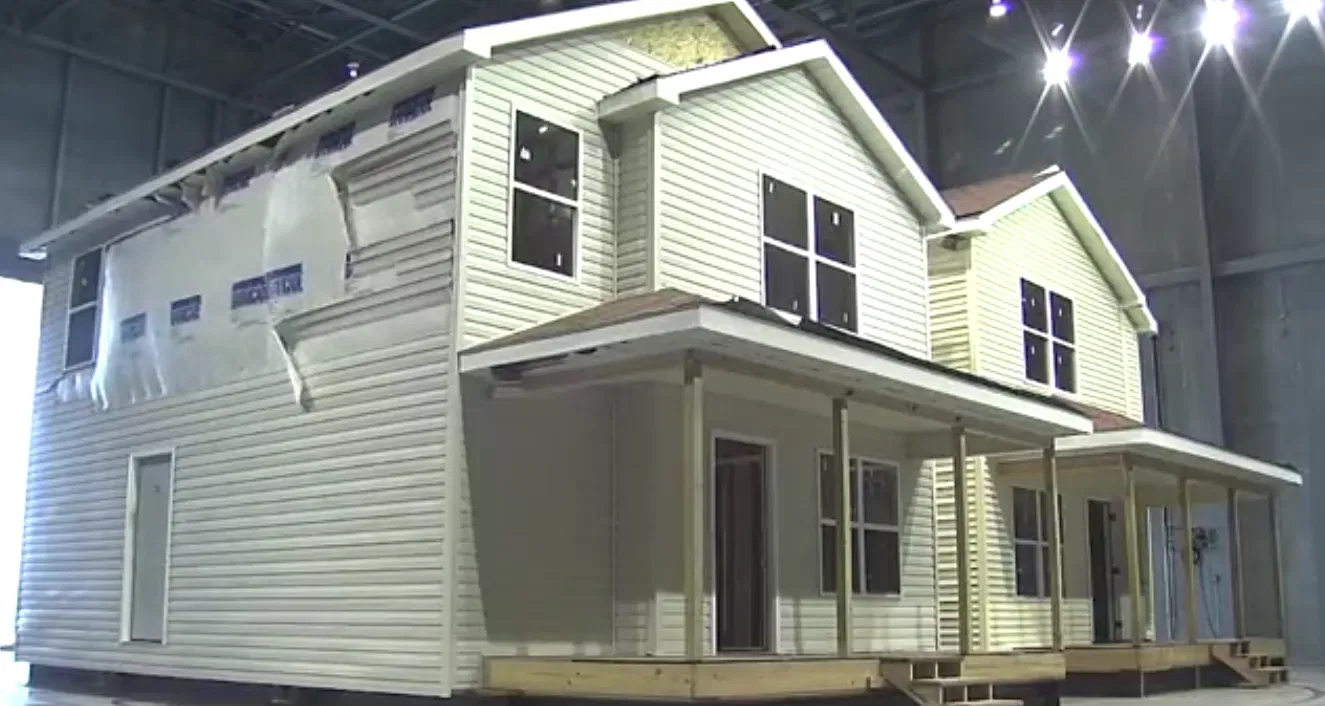
CHESTER COUNTY, S.C. — In Chester County, researchers are working inside a cutting-edge facility designed to strengthen how homes and businesses withstand natural disasters. The Insurance Institute for Business and Home Safety (IBHS) operates a six-story test chamber equipped with 105 fans capable of generating winds up to 130 mph, delivering 350 horsepower. These conditions allow scientists to simulate hurricanes, thunderstorms, hail, and even wildfire impacts in full-scale experiments.

“We're one of the only facilities in the entire country that can actually test at full scale,” said Rachael Gauthier, meteorologist at IBHS. “So that means we have full one- and two-story residential homes and full-size commercial buildings. We can actually replicate real-life winds, real-life storm scenarios, and we can see how the wind moves and pulls and pushes on that building.”
Unlike many labs that rely on scaled-down models, IBHS focuses on replicating real-world conditions. That often means constructing, then destroying, entire houses and commercial structures.
“Sometimes we burn a building down or blow it over every week, every month, lots of times throughout the year,” Gauthier explained. “So we have our own construction teams here on site that build things from the ground up.”
The destruction has a purpose: minimizing future losses and disruptions. Historically, U.S. building codes have focused on life safety, ensuring people survive inside homes during severe storms. But IBHS wants to go further—making sure the buildings themselves can withstand nature’s most punishing conditions.
“So historically homes and businesses in the United States are built to account for life safety, which means that you can be in the building and you can survive the storm,” said Gauthier. “That's fantastic. We want people to survive storms, but we also realize that people want their homes to survive.”
A major part of the research involves testing construction materials and designs that could better protect families. Roofing systems, siding, windows, and doors are evaluated against the kind of windborne debris that hurricanes bring. One demonstration involves firing a two-by-four at 35 mph directly into a window.

The results highlight the importance of using impact-rated materials. A standard window shatters into dangerous shards, while an impact-rated window—even if broken—remains intact, preventing glass and wind from ripping through a home.
“The key is really gonna be to protect the openings of your home because once an opening is breached, like if you have a window that's broken or your garage door blows in, or your door blows in, those wind pressures into your home, and then they push up on the roof and out on the walls, and that leads to additional structural damage,” Gauthier said.
The institute also emphasizes the use of reinforced garage doors, hurricane straps, and stronger roofing materials. Together, these measures could dramatically reduce property loss, speed up disaster recovery, and keep families safer.
The research is especially urgent as South Carolina braces for another hurricane season. The facility’s findings feed directly into building code updates, insurance industry standards, and public education campaigns.
To help residents prepare, IBHS and News 4 are teaming up on a hurricane special, Ready 4 the Storm, airing Saturday, Aug. 23, at noon and Sunday, Aug. 24, at 7:30 p.m. on MyTV Charleston and YouTube.
As storms grow more frequent and severe, researchers say the lessons from Chester County may make the difference between total loss and survival—for both people and their homes.
Originally reported by Sonya Stevens in ABC 4 News.